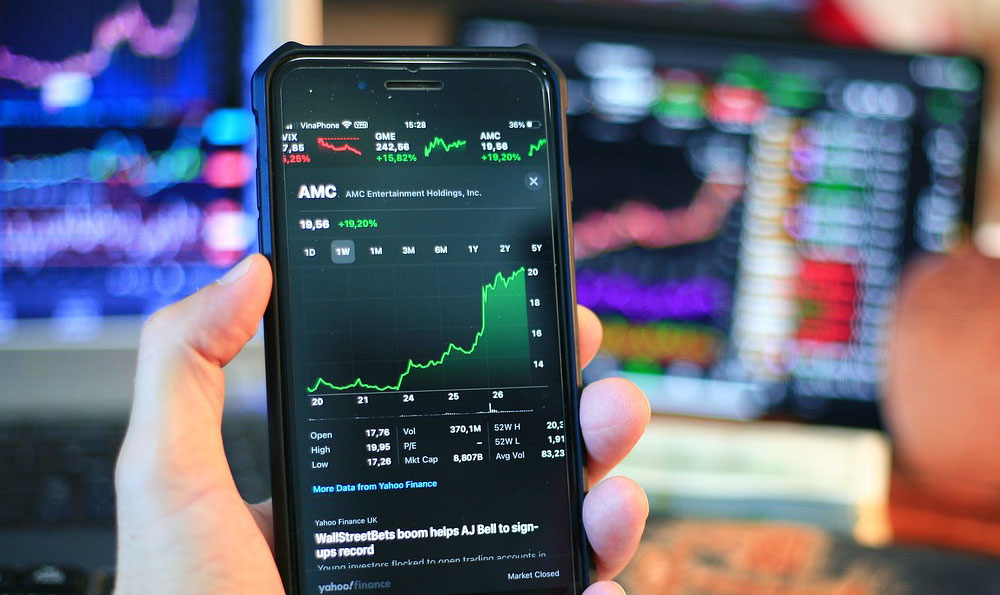Monetizing Instagram has become an attractive avenue for content creators, entrepreneurs, and digital marketers aiming to transform their online presence into a sustainable income source. With over 2 billion monthly active users, the platform offers a unique ecosystem where visibility translates directly into profit potential. However, success in this realm requires more than just posting content—it demands a strategic approach that aligns creativity with commerce, leveraging Instagram’s features while maintaining authenticity. Let’s explore how to build a profitable Instagram business by focusing on actionable methods, measurable outcomes, and long-term growth.
One of the most viable strategies involves partnering with brands through sponsored content. When an account has cultivated a loyal following with consistent engagement, brands are more inclined to collaborate. The key lies in establishing a clear niche and demonstrating influence within that space. For instance, a fitness influencer with 100,000 followers might secure partnerships with wellness brands, while a fashion creator could work with apparel designers. This collaboration is often facilitated through platforms like BrandThug or influence marketing agencies. However, transparency is crucial; audiences value authenticity, so disclosures like #ad or #sponsored should be made in a way that feels natural rather than forced. Additionally, tracking metrics such as click-through rates and engagement levels helps gauge the effectiveness of these partnerships and refine future collaborations.
Selling products or services directly through Instagram is another powerful method. This requires a polished branding strategy, including a professional profile, cohesive visual identity, and optimized bio. Instagram’s Shop Tag feature allows seamless integration of product listings, while Shoppable posts enable direct purchases from Stories. To succeed, creators must focus on building trust—this can be achieved by showcasing customer reviews, providing detailed product descriptions, and ensuring high-quality visuals. For example, a handmade jewelry creator might use high-resolution photos, consistent branding, and clear pricing to attract buyers. It’s also essential to analyze competitors, identify underserved market segments, and continuously innovate to differentiate offerings.

Affiliate marketing offers another layer of monetization. By collaborating with brands, creators can earn commissions for promoting products. This requires selecting niche-aligned products, creating compelling content that highlights their value, and utilizing Instagram’s built-in tools like the Shopping feature. Success in this area hinges on understanding the target audience’s needs and preferences—this can be achieved by analyzing engagement patterns, surveying followers, and tracking conversion rates. For instance, a travel blogger might promote travel insurance products, while a tech enthusiast could share gadgets through affiliate links. Transparency remains vital, as audiences are more likely to trust creators who disclose affiliate relationships.
Instagram Reels have emerged as a critical component of monetization, given their algorithmic favor for video content. Creators can monetize Reels through the platform’s partnership program, which requires meeting specific criteria such as follower count and engagement rates. Additionally, Reels can be used to drive traffic to external landing pages, where higher-converting offers can be presented. The strategy here is twofold: creating high-quality, engaging video content that aligns with the brand’s messaging, and ensuring consistency in posting to maintain visibility. For example, a beauty influencer might use Reels to demonstrate product usage, followed by a link in their bio to a dedicated landing page with detailed information and promotions.
Email marketing often serves as an overlooked yet effective complement to Instagram monetization. By directing followers to an email list, creators can build a more engaged audience and offer exclusive content or promotions. This requires setting up an email service like Mailchimp or ConvertKit, creating a sign-up form, and integrating it with Instagram through a link or QR code. However, the focus should remain on delivering value rather than relying solely on sales pitches. For instance, a food blogger might provide weekly recipe downloads to followers who subscribe to their email list, fostering long-term relationships while maintaining a profit stream.
A comprehensive strategy also involves analyzing and optimizing performance. Instagram’s analytics tools provide insights into audience demographics, engagement trends, and content effectiveness. By regularly reviewing these metrics, creators can adjust their approach to maximize reach and conversion. For example, if a particular post format generates higher engagement, that format can be prioritized. Additionally, A/B testing different content types, posting times, and captions can yield valuable data to refine strategies. Future-proofing efforts should also include staying updated on platform changes, such as new features or algorithm updates, and adapting accordingly.
Beyond monetization, building a strong brand presence is essential for long-term success. This involves consistent content themes, a defined voice, and strategic collaborations with like-minded creators. Branding efforts should also include creating a sense of community, responding to comments, and engaging with followers to enhance loyalty. For instance, a lifestyle influencer might host live sessions to connect with their audience, fostering a deeper relationship that drives both engagement and sales.
In conclusion, monetizing Instagram requires a blend of strategic thinking, creativity, and technical execution. Each method—from sponsored content to affiliate marketing—demands a tailored approach that aligns with the creator’s niche and audience. Success hinges on maintaining authenticity, optimizing performance, and building long-term relationships. For those looking to transition from content creation to a profitable business, the path is clear: invest in quality, engage with authenticity, and continuously adapt to the evolving digital landscape. By doing so, Instagram can become not just a platform for expression, but a powerful engine for financial growth.












